This is the number your radiator dial should be on if you want to save money on your energy bills this winter, according to experts
You'd be surprised what the numbers on the dial really mean


Adjusting the numbers on your radiator valves, do you really know what they mean? Yes, it’s true you use them to adjust the temperature but that’s not exactly what the dial does - it actually has nothing to do with the specific temperature of a room.
Now winter is here and central heating systems are being turned on across the country, we’re using our radiators a lot more, so knowing how to use them properly, is important if you want to save energy at home.
To stop you from making any further heating mistakes, heating experts have explained exactly what the dials on your radiator do.
What do the numbers mean?
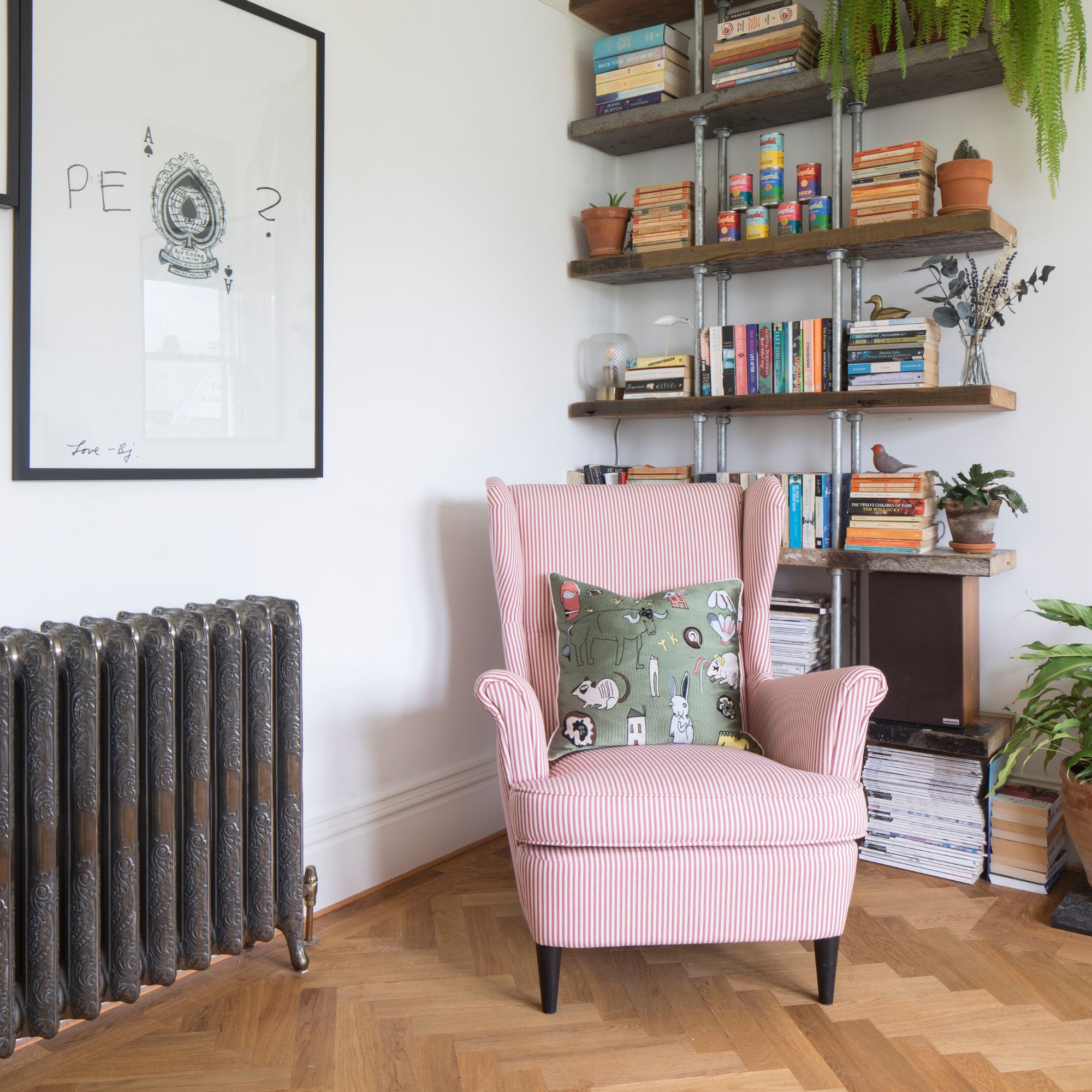
Radiator dials are also known as thermostatic radiator valves (TRVs). You can typically spot the dials as two lump-like shapes on the side of your radiator. Most radiators have the numbers from one to five, and while to an extent they relate to temperature, it’s not a specific degree - they represent the desired comfort level in the room.
‘The numbers on the valve correspond to the room temperature, not the radiator's internal temperature, working to regulate the water flow into the radiator,’ explains Nicholas Auckland, heating and energy expert at Trade Radiators.
‘For example, setting the dial to 1 will make the radiator come on when the room temperature is below 10°C, maintaining it around that temperature. This feature is handy for the likes of a spare bedroom, which is not frequently used but should also not be kept too cold.
‘Similarly, setting the dial to 5 will activate the radiator whenever the room temperature falls below 30°C, which will likely lead to high gas bills due to maintaining a constant high temperature. Having it on level 5 indicates that it will continue allowing hot water into the radiator until the room temperature reaches the high level of 30°C. Should the temperature fall below 30°C, which will likely be the majority of the time, hot water will resume circulation in the radiator.’
Get the Ideal Home Newsletter
Sign up to our newsletter for style and decor inspiration, house makeovers, project advice and more.
What is the best number to keep your radiator on?
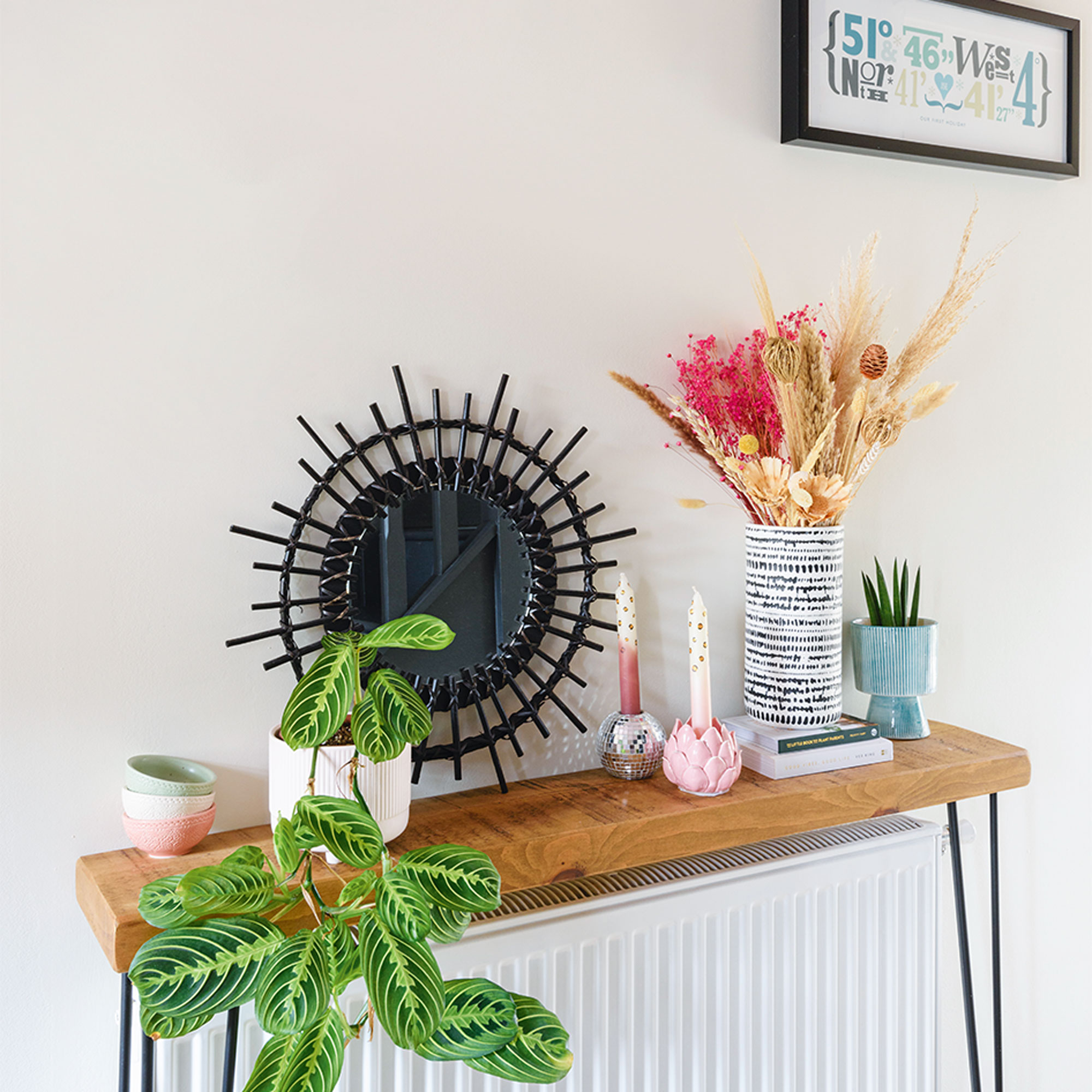
Each number on the dial roughly correlates to a room temperature range. Nick Duggan, Managing Director of The Radiator Centre, explains:
- 1 = 12°C (minimal warmth, a cool room).
- 2 = 16°C (comfortable for less-used spaces).
- 3 = 20°C (normal living room temperature).
- 4 = 24°C (warm, for colder days).
- 5 = 28°C+ (hot, rarely needed).
When your heating system is on, Nick recommends keeping your living room at number 3 on the dial as it is a comfortable temperature for: ‘comfortable temperature for sitting, relaxing, and general activity.’
He then recommends the bedroom should be kept at 2 as cooler temperatures are more comfortable for sleeping, meanwhile, your hallways and landings can be kept between 1 and 2 to keep energy costs low.
However, Nick does recommend keeping your bathroom between 4 and 5 if it has a radiator. ‘Bathrooms benefit from higher temperatures to keep them cosy and prevent condensation or dampness,’ he says.
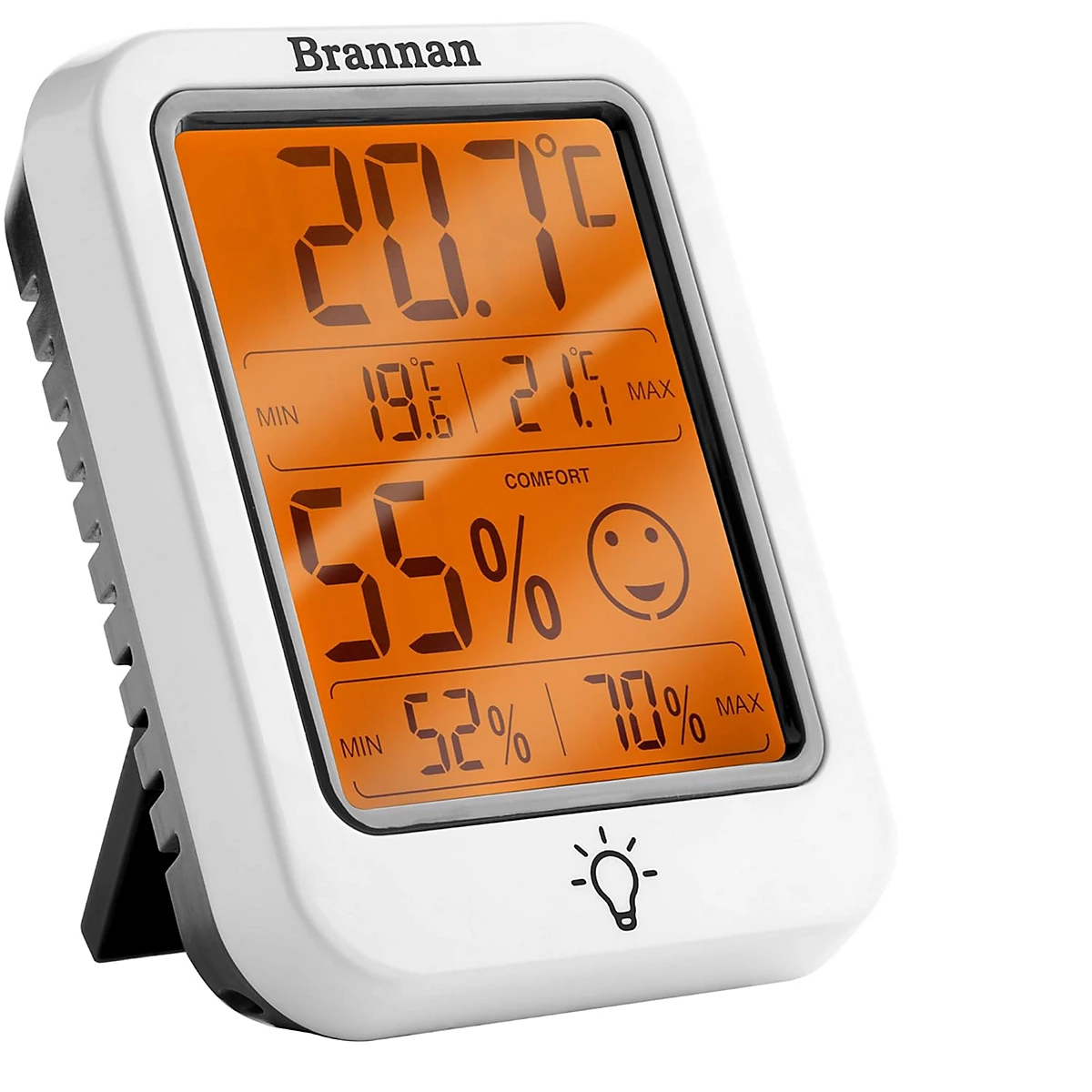
The best way to keep track of the temperature of your room is via a thermometer. Monitoring the temperature of your room can help you ensure you have the radiator on the correct number. This thermometer also monitors the humidity of a room for optimum comfort.
Knowing how your radiator valves work is important, as having the dial higher than you need can put added pressure on your heating as it struggles to heat your room to that temperature level. Keeping the dial between 2 and 4 over winter is the ideal setting for the most comfort and less strain.

Kezia Reynolds joined the Ideal Home team as News Writer in September 2024. After graduating from City, University of London in 2022 with a bachelor’s degree in journalism, Kezia kicked off her career spending two years working on women’s weekly magazines. She is always on the lookout for the latest home news, finding you the best deals and trends - so you don’t miss a thing!
-
 Will a conservatory add value to your home and how can you maximise it?
Will a conservatory add value to your home and how can you maximise it?This is what the pros say
By Amy Reeves
-
 I’ve been looking for a new signature scent for my home and The White Company's new fragrance is the exact summer holiday smell I needed
I’ve been looking for a new signature scent for my home and The White Company's new fragrance is the exact summer holiday smell I neededSantorini smells fresh, summery and sophisticated
By Kezia Reynolds
-
 How to remove algae from garden walls in five steps – and the cleaning product experts rave about for tackling it fast
How to remove algae from garden walls in five steps – and the cleaning product experts rave about for tackling it fastExperts share their top tips for getting garden walls algae-free
By Katie Sims
-
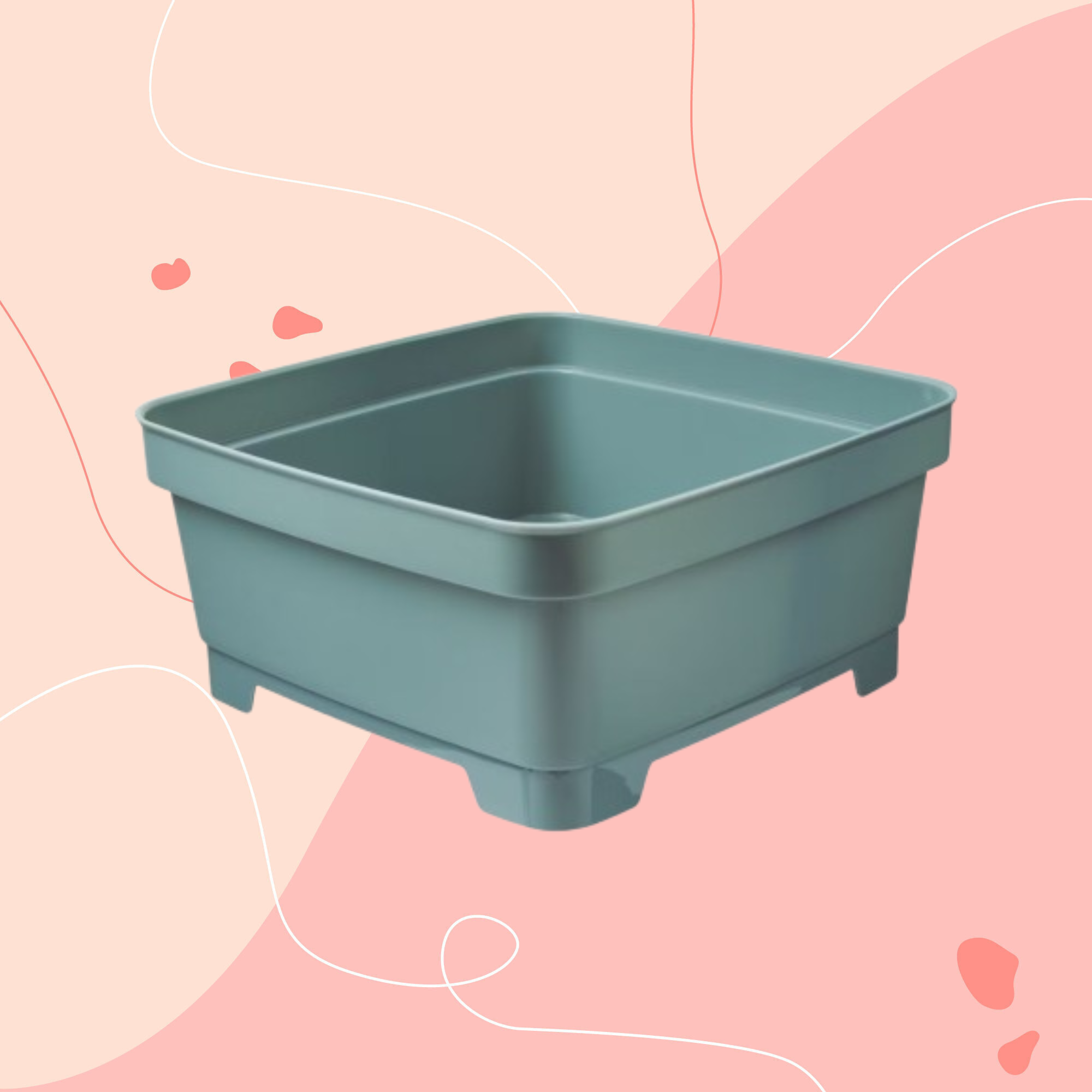 Aldi is releasing a budget alternative to the cult Joseph Joseph washing up bowl – it’s just £4.99
Aldi is releasing a budget alternative to the cult Joseph Joseph washing up bowl – it’s just £4.99The Joseph Joseph washing up bowl is an Ideal Home favourite - now we can't wait to try Aldi's alternative
By Kezia Reynolds
-
 I just bought my first home, and this £10 buy was the very first thing I bought for it to make it feel warmer and secure
I just bought my first home, and this £10 buy was the very first thing I bought for it to make it feel warmer and secureIf I did it all again, this would still be my very first buy
By Rebecca Knight
-
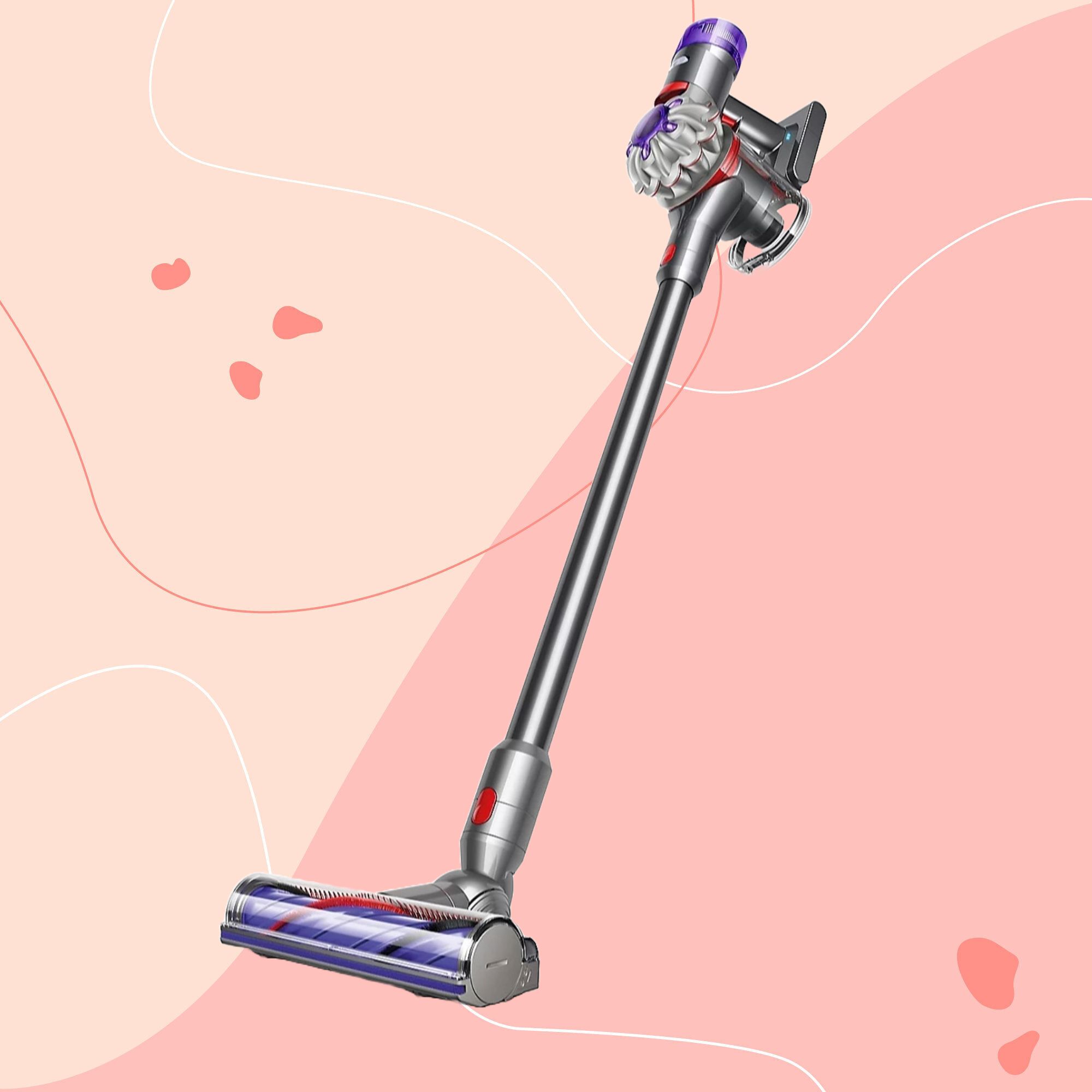 It’s normally impossible to find a Dyson vacuum for under £250 — but QVC has slashed the price of their bestselling models for a limited time
It’s normally impossible to find a Dyson vacuum for under £250 — but QVC has slashed the price of their bestselling models for a limited timeRun don’t walk to pick up the brand’s bestselling model for under £230 before it sells out
By Lauren Bradbury
-
 Catherine Zeta-Jones has revealed the cleaning product she swears by to keep her home fresh - and it’s just £8 on Amazon
Catherine Zeta-Jones has revealed the cleaning product she swears by to keep her home fresh - and it’s just £8 on Amazon'I use it on my counters. I use it on my walls. I use it on my doors. When I smell it, I know my house is clean.'
By Kezia Reynolds
-
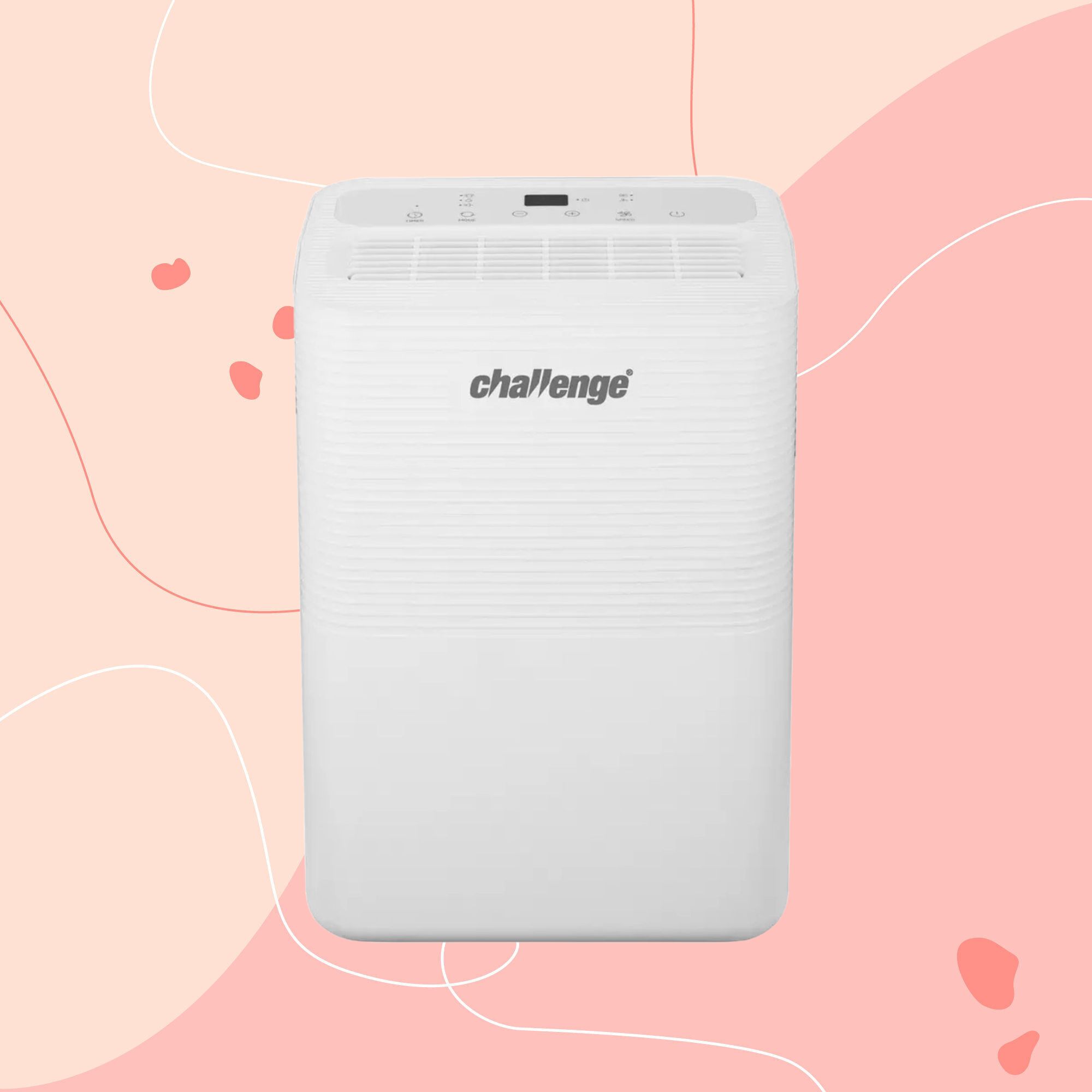 I tested the 12L Challenge dehumidifier in my damp Victorian home over winter — I haven’t spotted any signs of mould for the first time in five years
I tested the 12L Challenge dehumidifier in my damp Victorian home over winter — I haven’t spotted any signs of mould for the first time in five yearsThe Challenge 12L dehumidifier doesn’t have too many bells and whistles, but I can already see the difference it’s made to my damp home
By Lauren Bradbury
-
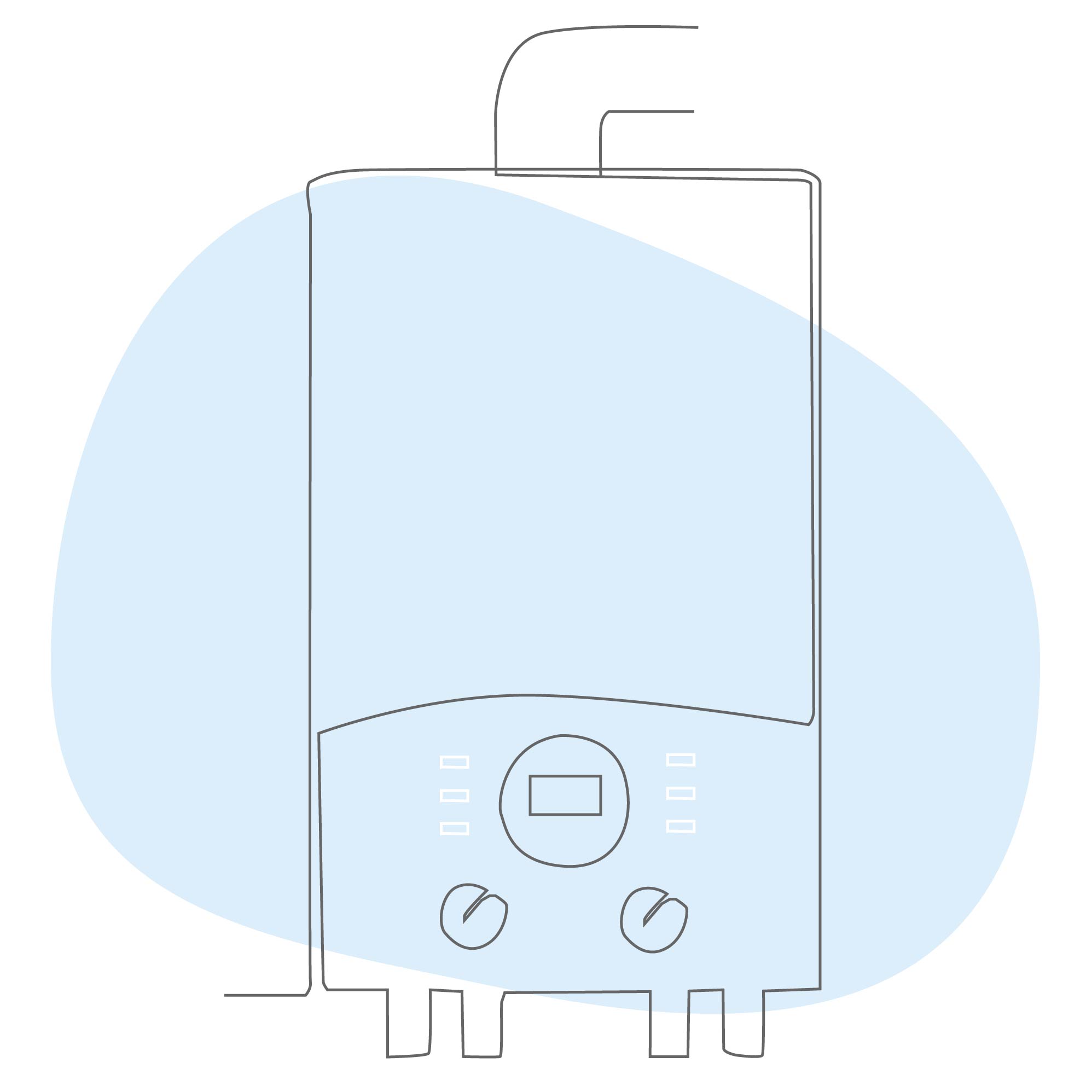 What is boiler flow temperature? Heating experts urge you to check yours now as you could be overpaying on your energy bills
What is boiler flow temperature? Heating experts urge you to check yours now as you could be overpaying on your energy billsTurning this little-known number down just a few degrees can result in some serious savings
By Lauren Bradbury
-
 Stacey Solomon has shared 5 nifty wardrobe storage hacks to make getting ready in the morning easier — and they're genius
Stacey Solomon has shared 5 nifty wardrobe storage hacks to make getting ready in the morning easier — and they're geniusThese five wardrobe storage hacks are a gamechanger
By Katie Sims
-
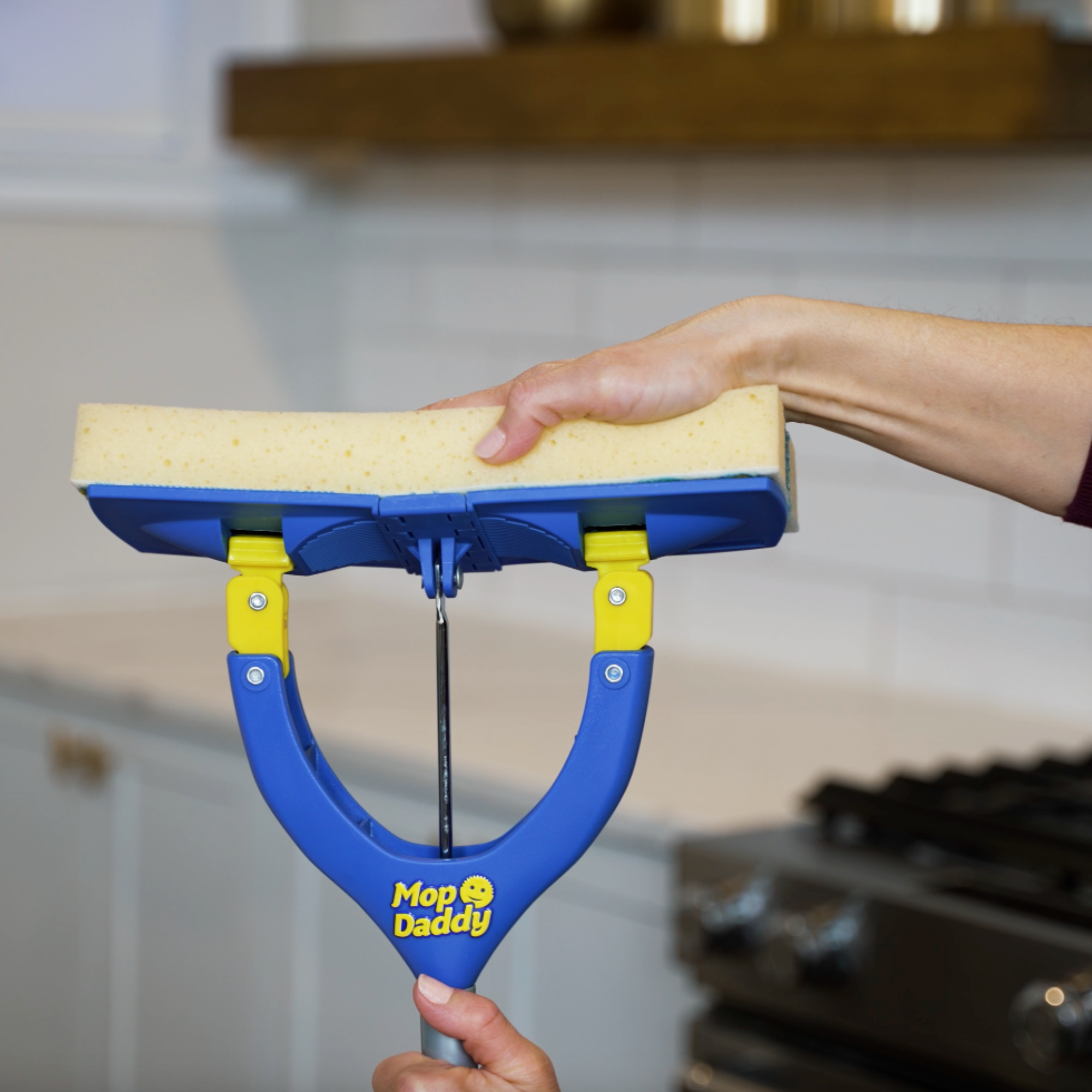 Cult cleaning brand Scrub Daddy has just launched a brand new butterfly mop — could it be the ultimate solution for banishing stubborn marks on your floor?
Cult cleaning brand Scrub Daddy has just launched a brand new butterfly mop — could it be the ultimate solution for banishing stubborn marks on your floor?We're obsessed with all things Scrub Daddy
By Kezia Reynolds